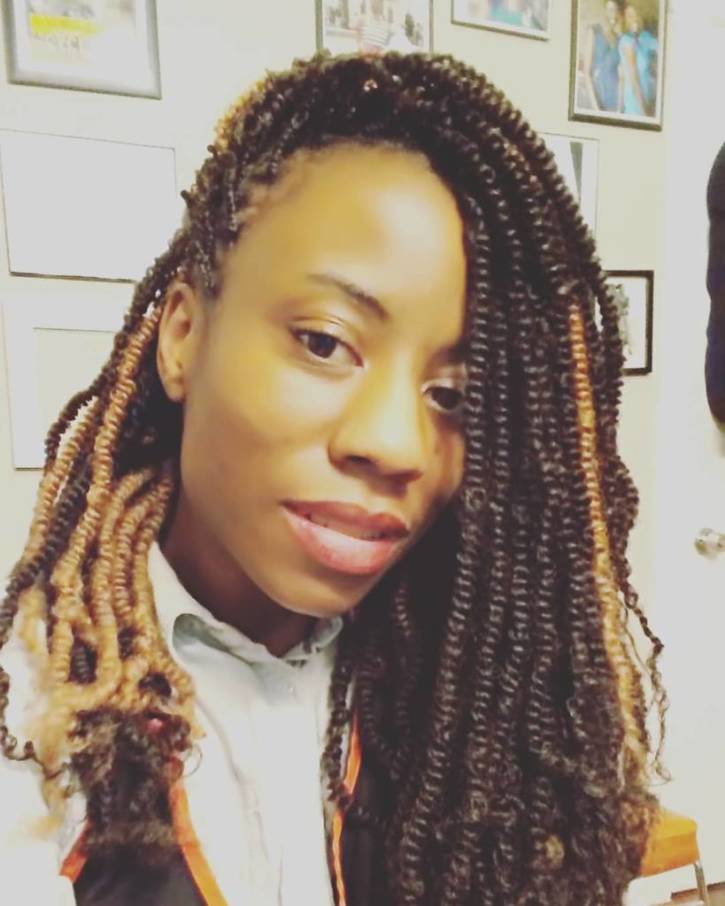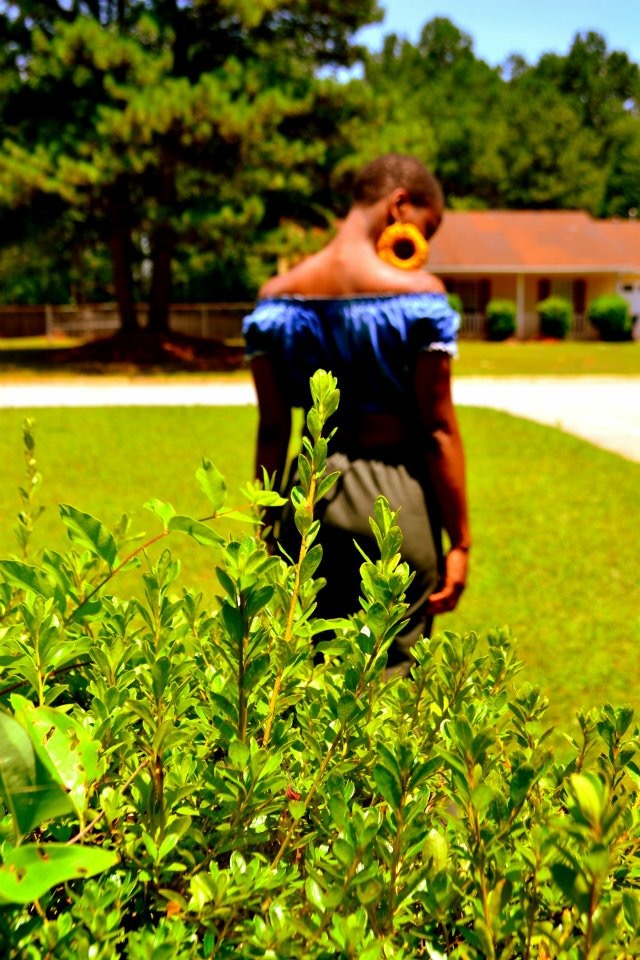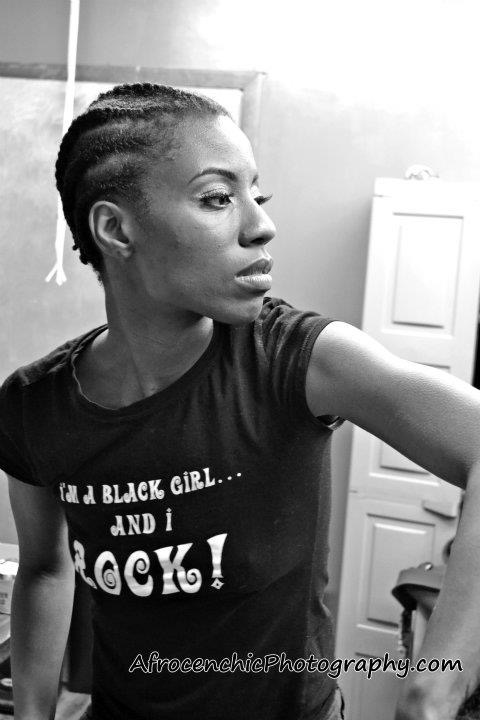
Change can be hard, but it's inevitable and sometimes very necessary - especially when it comes to our hair. If you’re still debating trying a new look, parting with dry, dead length, or going all the way a la the “big chop,” there are many things you will need to consider beforehand. Sure, the likes of stars including Viola Davis, Nicole Ari Parker, Goapele, Jill Scott, Chrisette Michele, and Solange have all pulled it off effortlessly. But, in the real world, in the absence of celebrity hair gurus to tame our tresses on a weekly, sometimes daily basis, there are more factors that come into play.
In an effort to help you gauge whether cutting your hair and starting fresh is right for you, BlackDoctor.org spoke with Chicago-based natural hair practitioner, cosmetology educator and creator of The Harriet Experiment, Emon Fowler, who broke down both the history behind the cut as well as things to consider before you make a commitment to the cut.
“The volume of product brands, commercial hair manufacturers, ceramic and plastic tools coming at the heads (literally) of women with curls and of African descent makes it more challenging to be properly informed and more likely to be misinformed when decoding superficial beauty,” Fowler began, touching on a lack of education surrounding girls with curls.
“Think back to when natural hair wasn’t a hashtag [and] during efforts for self-image recovery when tight curl patterns weren’t trending, received low to no mention in beauty school textbooks, and weren’t marketed to by major cosmetic corporations.”
On top of a muddied view of beauty, Fowler added that for decades, access to natural hair stylists was far and in between. “These same women wore wigs and weaves over decades of new growth because natural hair practitioners were far and few. Then there was an alternate reality. While some women were vigilantly detoxing disgraceful language surrounding Black hair and its proclivity to revert, ammonium thioglycolate purging, embarking on World Wide Web pursuits to self-master, others felt wearing natural Black hair was offensive.”
Fortunately for natural hair enthusiasts, as Fowler mentioned, a tide has turned in recent years surrounding both the definition of “the big chop,” as well as the acceptance of a variety of natural hairstyles.

“Natural hair pioneers like Bob Johnson, Diane Carol-Bailey, Taliah Waajid, Amazon Smiley, Titi and Miko Branch, worked to improve on the designs made by Annie Turnbo Malone, Rose Morgan, and Madam C.J Walker. Countless contemporaries have researched, reinvented, and rewound the clock back to a time when it wasn’t deemed the ‘big chop’ it was simply ‘natural’.”
Taking all of this into consideration, Fowler urges women considering “the big chop” to be patient, tolerable, and treat the choice to embrace unique beauty like an adventure.
“As a natural hair practitioner, I’ve heard more fear-based notions than legit misconceptions. Usually, once the fears are talked about openly and processed carefully, the hair comes off and the woman feels free,” Fowler said of considering your motivation to run with the cut.

However, in many cases, Fowler revealed, “A woman may elect for a big chop if her hair has been damaged because addressing a devitalized mid-shaft or split ends along with rich new-growth on a daily basis can be frustrating.” She added, “Damage can be the result of aggressive combing, thermal straightening, or chemically altering for color or texture.”
Still, damage is not always the motivation. “Some women may just want to go from long hair to close and cropped. It really depends on the lady.”
Meanwhile, Fowler adds there are several general things to consider when wearing natural hair:
- Personal objectives
- Consulting with a licensed professional for guidance and support
- Developing a plan of action
- The amount of attachment one has to having hair that flows, hair that is long or hair period
In conclusion, Fowler revealed that, “Once you cut it off and release it, it takes at least a year to grow six inches!” Healthy length is the goal. Needless to say, patience is certainly key!









